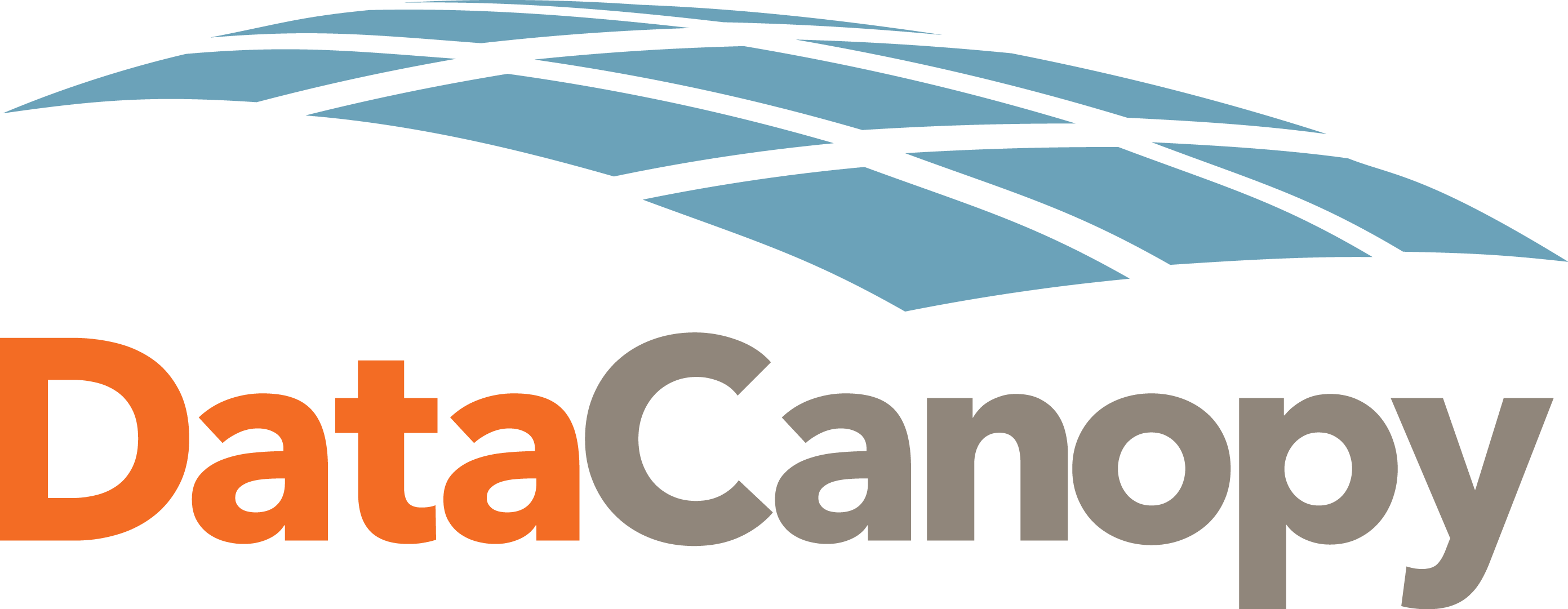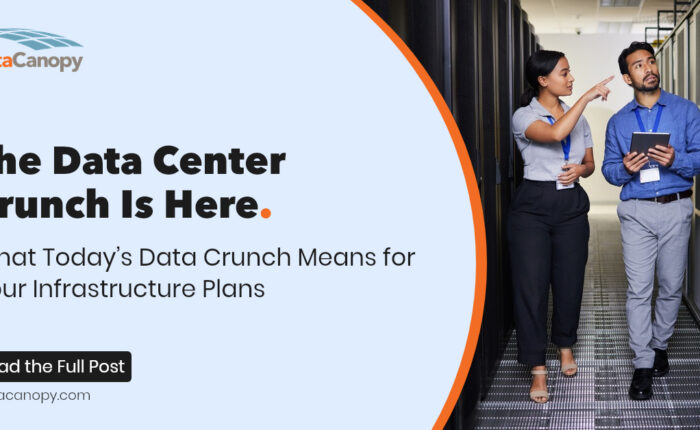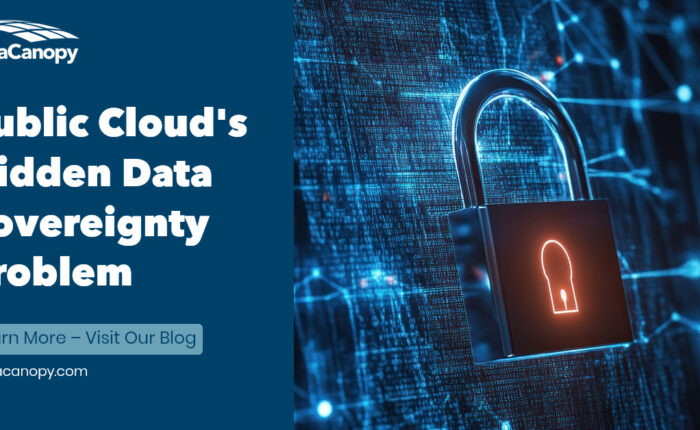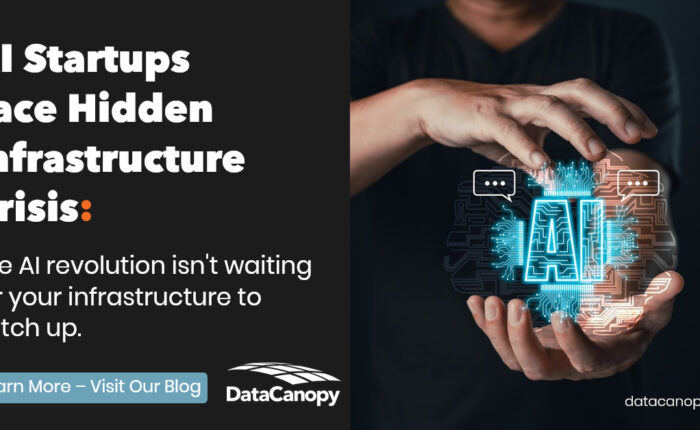In our final chapter of our three-part series on cloud infrastructure trends for 2021, Adam Thomas, EVP of Sales Engineering Data Canopy, gives his predictions on the future of cloud infrastructure in 2021.
The Future of Cloud is Now
2021 could very well be named the year of cloud, but even with its unprecedented growth, there are many factors (and potential pitfalls) to consider before you make the leap to cloud. I have outlined a few to consider here.
Your data is one of your most valuable assets and should be protected at all costs. For connectivity to the cloud, you never want to use the open, public internet to connect your data. You will need to ensure you are using a direct connect or VPN with encryption to ensure your data is secure. There are a number of companies that have come online recently with the sole purpose of connecting their clients to on-prem locations or data centers to the public cloud. Any carrier worth their salt can accomplish this task.
You should also consider how the cost of public cloud will affect your budget in 2021 and beyond. One of the biggest pitfalls we see at Data Canopy from organizations in public cloud deployments is lack of planning for data transfer costs (egress fees). Many companies make it very inexpensive to push and store your data, but when you need to extract it externally, the expense is great. These fees can get out of hand easily if you do not keep a watchful eye.
Another factor to consider is the latency of your connection to the cloud. For sensitive applications, you want to take a closer look at the geographic locations of your AWS instance for example to ensure your end users will not be delayed in accessing critical data.
Additionally, most organizations going into AWS or Azure realize quickly they do not have the personnel on hand with the proper skillsets to effectively manage their cloud infrastructure. Before you jump into the cloud, you will need to factor in training for your current provider or internal staff. Tools, such as Advisor, Cost Calculator, Budget – from AWS, can help you to mitigate this learning curve, however, as human nature dictates, many will take the path of least resistance – which can lead to bigger issues down the road.
The same can be said for companies that standardly have their own hardware for storage of their data. There are finite limitations and typically the hardware on hand is already paid in full, therefore you may to continue to incur costs until you shut down your hardware until the data is migrated to the public cloud. By partnering with a company with cloud expertise, you can help to mitigate these and other costs in order to not only keep costs in check, but to ensure your cloud environment is properly provisioned and optimized.
In Conclusion
We hope you found this series on cloud infrastructure beneficial and that you will be able to take away a nugget of knowledge that will help guide your organization into the cloud in 2021.
At Data Canopy, our team works with organizations to determine their cloud connectivity scope. Through this process, we can help you to assess your costs and determine the cloud solution that will be the best fit for your cloud deployment. In many cases, can help organizations reduce their cloud costs up to 70% by utilizing bulk purchase of cloud storage.



